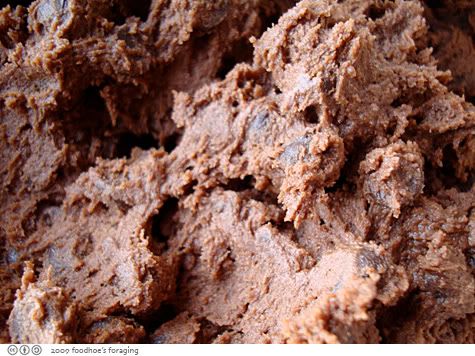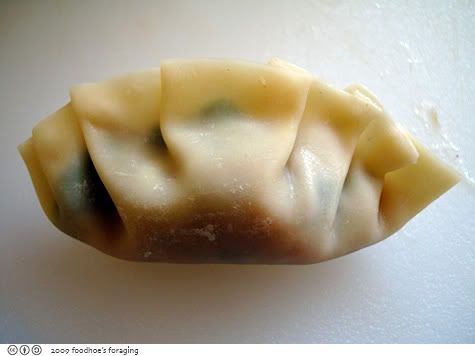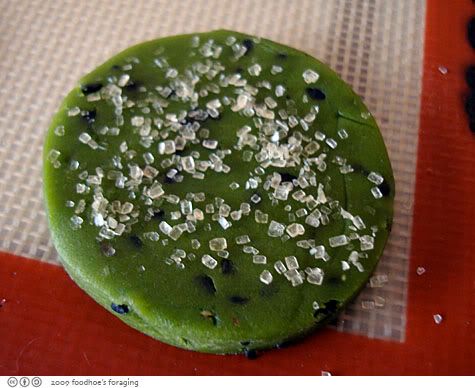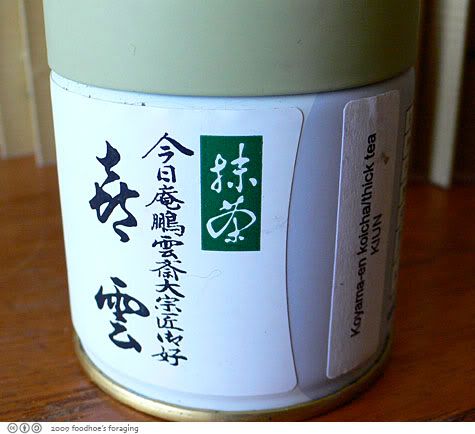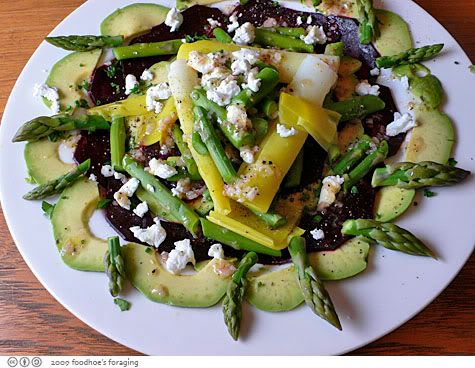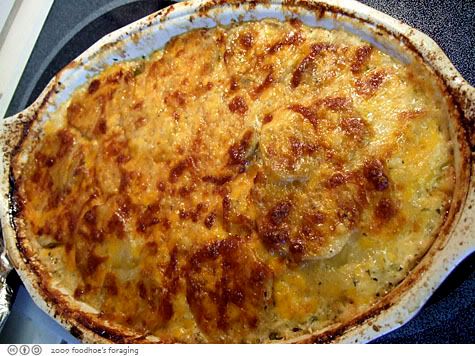
This recipe is adapted from one by Judith Tirado, Michael Mina's mother-in-law that was published in Food and Wine 2005. We used half the amount of seafood from the original recipe, since we were serving 4 and we wanted to have lots of soup. (We still had plenty of leftovers). It was delicious served with toasty garlic bread to dunk in.
Ingredients
1/4 cup extra-virgin olive oil
8 large garlic cloves—6 finely chopped, 2 whole
2 jalapeños, seeded and minced
2 red bell peppers, finely chopped
1 large onion, finely chopped
1 large bay leaf
2 tablespoons tomato paste
1/2 cup dry red wine
One 28-ounce can peeled tomatoes, finely chopped, juices reserved
Four 8-ounce bottles clam broth
1 1/2 cups water
Salt and freshly ground pepper
1/2 cup packed basil leaves
1/2 teaspoon crushed red pepper
2 steamed Dungeness crabs, about 2 pounds each (see Note)
2 dozen littleneck clams, scrubbed
1 pound firm, white-fleshed fish fillets such as halibut, skinned and cut into 1 1/2-inch chunks
1 pound large shrimp, shelled and deveined
1/2 pound sea scallops, halved vertically if large
Crusty bread, for serving
Directions
- In a very large soup pot, heat 1/4 cup of the olive oil until shimmering. Add the chopped garlic, jalapeños, bell peppers, onion and bay leaf and cook, stirring occasionally, over moderately high heat until softened and beginning to brown, about 10 minutes. Add the tomato paste and cook, stirring, for 1 minute. Add the wine and cook until nearly evaporated, about 1 minute longer. Add the chopped tomatoes and their juices and cook over moderately high heat until slightly thickened, about 5 minutes. Add the clam broth and water, season lightly with salt and generously with pepper, and bring to a boil. Simmer over moderate heat until the broth is reduced to about 8 cups, about 20 minutes.
- The recipe calls for using a mini food processor for this, but we just hand chopped the basil and garlic and then pounded the rest with a mortar and pestle. Combine the basil leaves with the whole garlic and process until the garlic is finely chopped. Add 2-3 tablespoons olive oil and the crushed red pepper and process the basil puree until smooth. Season with salt and pepper.
- Working over the sink, pull off the flap on the undersides of the crabs. Remove the top shells and discard. Pry out the brownish insides and pull off the feathery lungs and discard. Rinse the crab bodies in cold water and quarter them so that each piece has body and leg.
- Add the crabs and clams to the pot. Cover and cook over high heat, stirring occasionally, until the clams begin to open, about 5 minutes. Using tongs, transfer the crabs to a large platter. Add the fish, shrimp, mussels and scallops to the pot, pushing them into the broth. Return the crabs to the pot, cover and cook, stirring occasionally, until the clams and mussels are fully open and the fish, shrimp and scallops are cooked through, about 8 minutes longer.
- Ladle the cioppino into deep bowls and drizzle each serving with some of the basil puree. Serve with crusty bread and pass the remaining basil puree separately.
Make Ahead
The Dungeness crab cioppino can be prepared through Step 1 and refrigerated for up to 3 days.







